Author: Richard Dredge
Photography: Wikimedia and Magic Car Pics
It’s easy to think of Reliant as the producer of the Robin and the Scimitar GTE, and little else. However, this small British company had a much more varied product line-up than you might think, and a long life too; it started making three-wheelers in 1935, and made a very handsome living churning those out until the start of the 21st century.
One thing that Reliant is less well known for, is developing a couple of plastic-bodied family vehicles for Israeli company Autocars Ltd, the Carmel saloon and the Sussita estate. Those were developed in the late fifties, and by 1960 Autocars had decided that it would like to offer a sports car. It knew just who to work with, to make the idea a reality. Reliant would engineer the whole car, although underpinning it would be a redesigned Leslie Ballamy chassis that had originally been created for the EB Debonair. The bodyshell wasn’t new either; it had been created by Ashley Laminates for mounting on Ford-based specials.
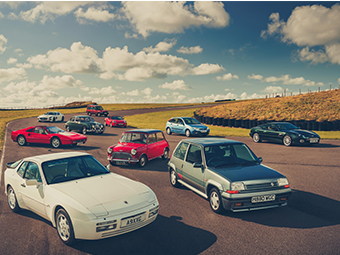
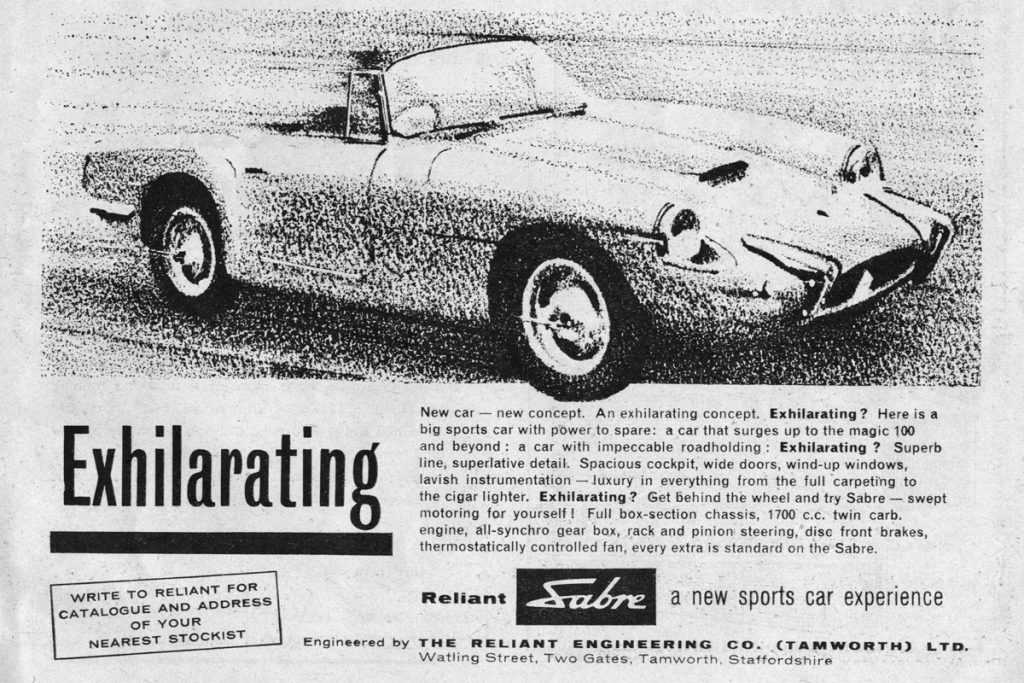
Within just nine months Reliant had modified the chassis, bodyshell and running gear, so that in place of the previous 1172cc side-valve engine there was now a 72bhp 1703cc powerplant taken from the Ford Consul, with the power sent to the rear wheels via a ZF four-speed gearbox. By this point the new car also had a name: Sabra. There was independent front suspension with coil springs and telescopic dampers, while at the rear was a live axle located by a Watts linkage, with suspension once again by coil springs and telescopic dampers. Steering was by rack and pinion, while there were disc front brakes as standard.
Autocars’ plan was to assemble Sabras in its Haifa factory and sell them in the US, which was the world’s biggest market for sports cars by a huge margin. The campaign kicked off with an unveiling at the 1961 New York World Trade Fair, and a distributor called Sabra Motors Inc was set up in Beverley Hills (California) to import the two-seater.
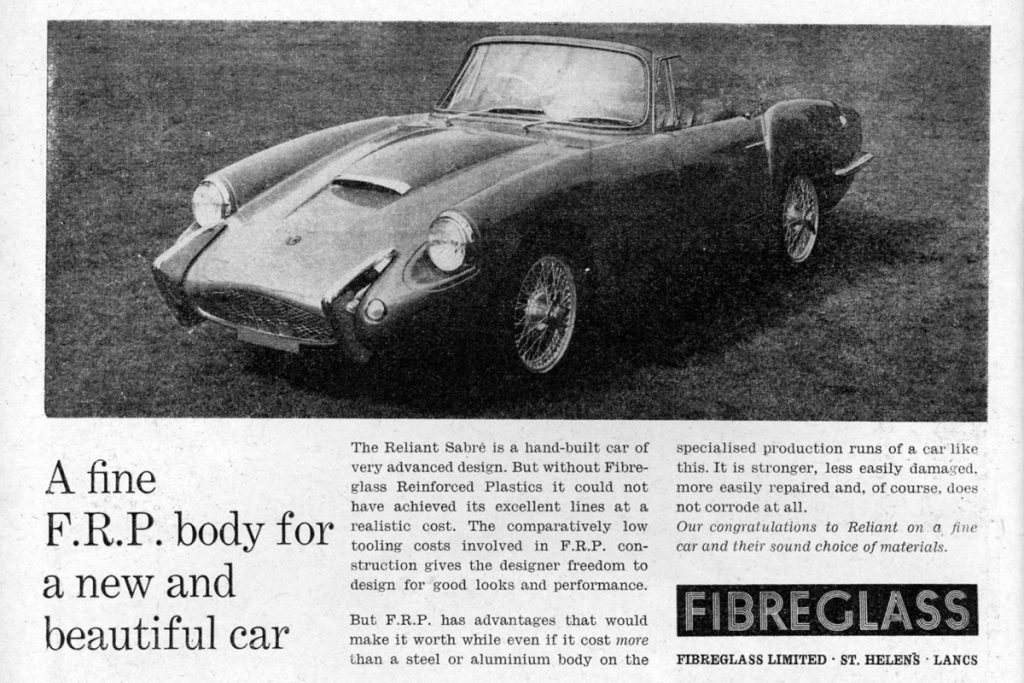
To get things going Reliant made the first 100 cars and shipped them to the US. After this point, the plan was to manufacture kits of parts which Autocars would put together and then export to America. However, as a joint venture Reliant didn’t have to let Autocars have all of the action, so it converted a couple of Sabras to right-hand drive and with some judicious renaming to Sabre, Britain had a new plastic-bodied sports car of its own. In October 1961 the Reliant Sabre 4 was unveiled at the Earls Court motor show, where it received a very mixed reaction thanks to its nose-heavy design, featuring over-sized ‘boomerang’ chrome over-riders, which Autocars boss Yitzhak Shubinsky had demanded.
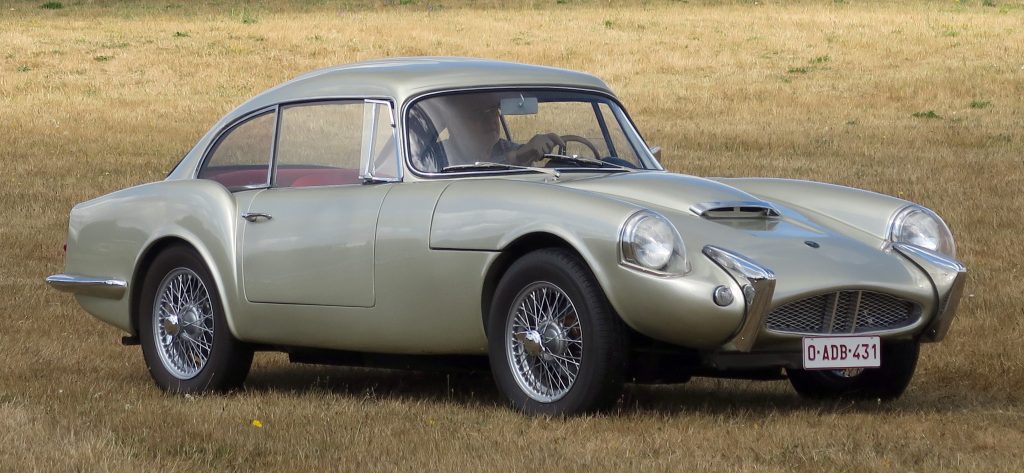
The only engine offered was the Ford 1703cc unit, but with some titivating courtesy of Alexander Engineering there were stage 1 and stage 2 versions available. The former involved fitting a beefier Zenith carburettor and raising the compression ratio, while the latter meant the adoption of twin SU carbs, and in this form the Sabre was capable of breaching the magic 100mph barrier. The problem was the Reliant’s high price: at £1128 the Sabre was a lot more costly than the £940 MGA 1600, while a Triumph TR3 came in at just £991.
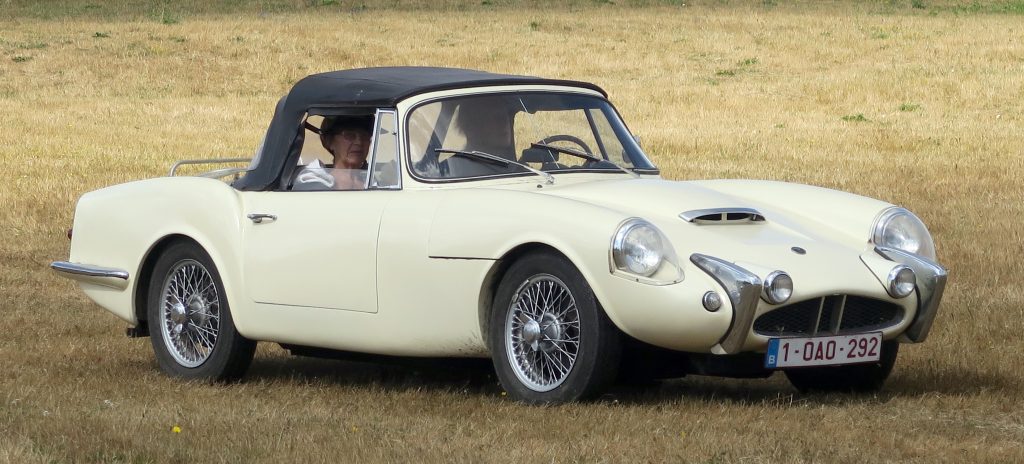
At least the Reliant was well equipped; it came as standard with a heater, leather trim, full instrumentation and a Carlotti wood-rimmed steering wheel. Optional extras included a hard top for £62, a stage 2 engine and wire wheels were each priced at £52 10s, while there were ‘Aero-style’ bucket seats for £14 11s.
When Autocar tested the Sabre in spring 1961, it reckoned Reliant’s first sports car was technically interesting, light, economical, quick, well equipped and well made, but costly. Crucially, this featured a stage 1 engine so it was a bit perkier than standard; the magazine achieved 0-60mph in 16.6 seconds and a top speed of 90.1mph.
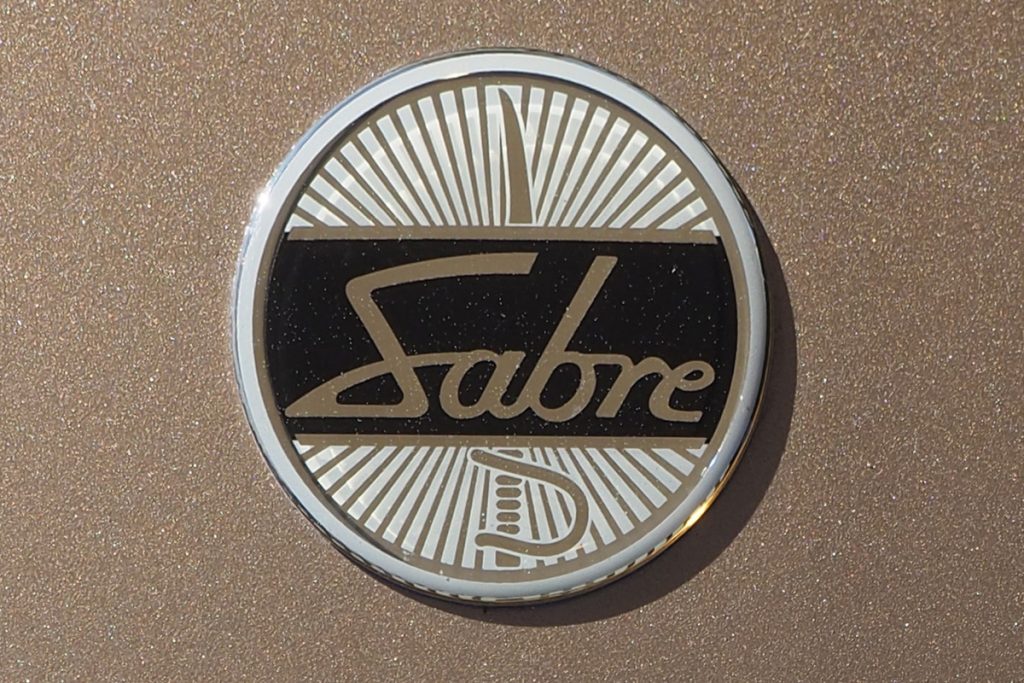
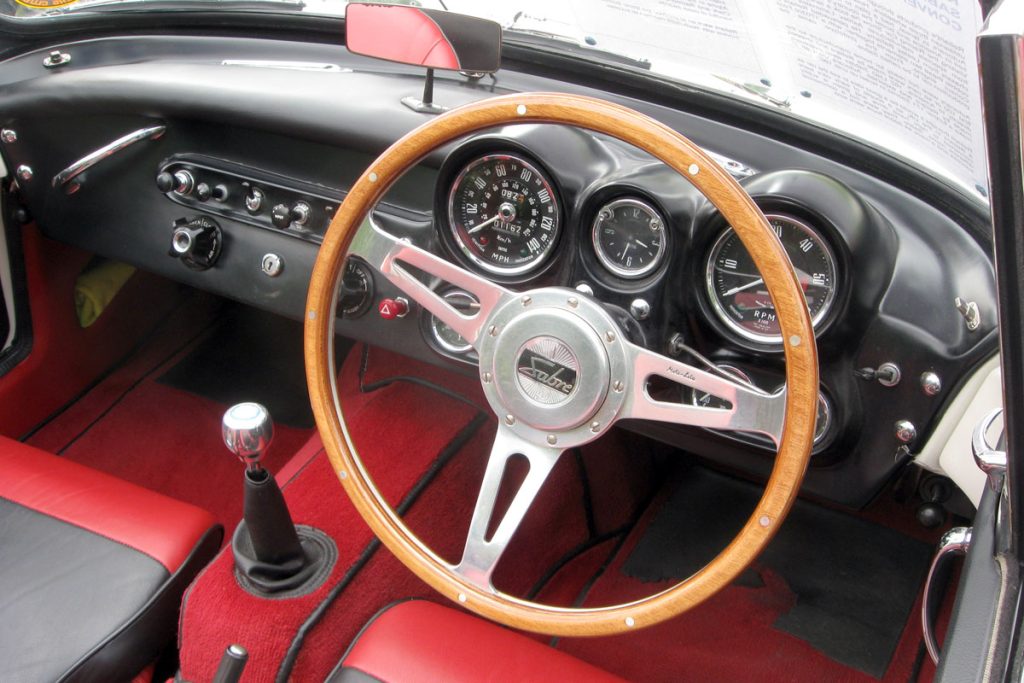
Sales got off to a slow start, so Reliant decided to take the Sabre rallying, to prove its strength and durability. Despite significant competition successes, potential buyers continued to resist the Sabre’s charms, so something had to be done a bit sharpish. The answer was to introduce the Sabre Six at the 1962 Earls Court motor show, with a Ford Zephyr-sourced 2553cc straight-six engine and a Ford four-speed gearbox. Most importantly, the nose was redesigned and the price was reduced; the Sabre Six convertible was listed at £1015, plus an extra 60 quid in hard top GT form, and another £60 if you wanted overdrive. The four-cylinder car’s price had been cut to £966.
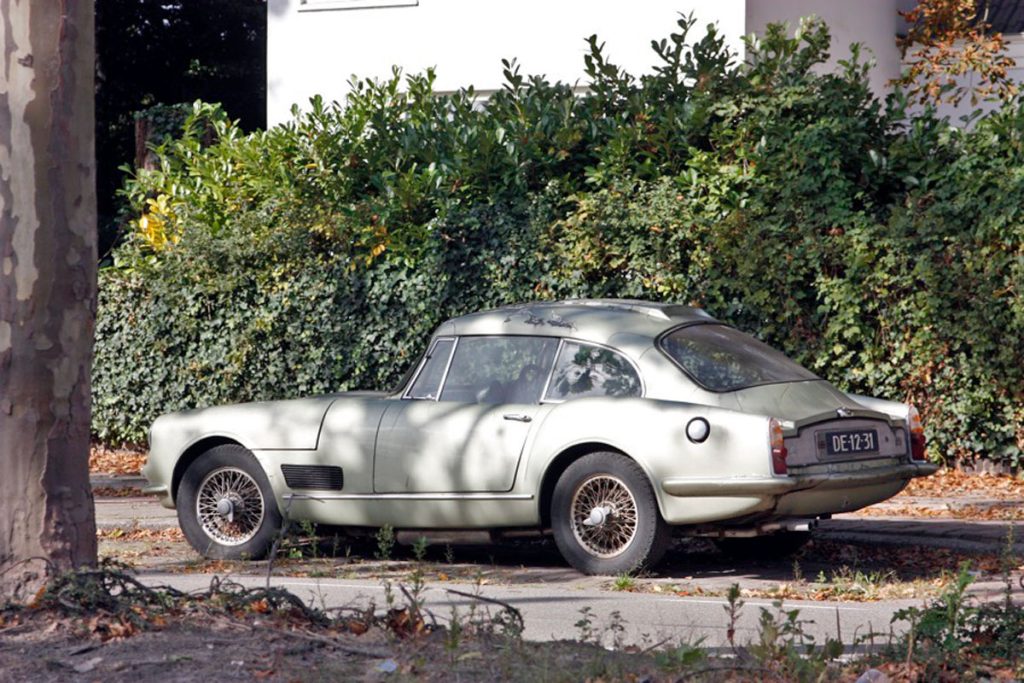
With 109bhp on tap, the Sabre Six was slower than an Austin Healey 3000 MkII and a Daimler SP250, but faster than a Triumph TR4. Capable of 106mph flat out, the beefier Sabre could also do 0-60mph in 12.2 seconds. With more performance for less money, and a much tidier nose that had been shortened by seven inches, Reliant couldn’t fail with its revitalised Sabre, which from June 1962 was available in GT (coupé) form alongside the roadster.
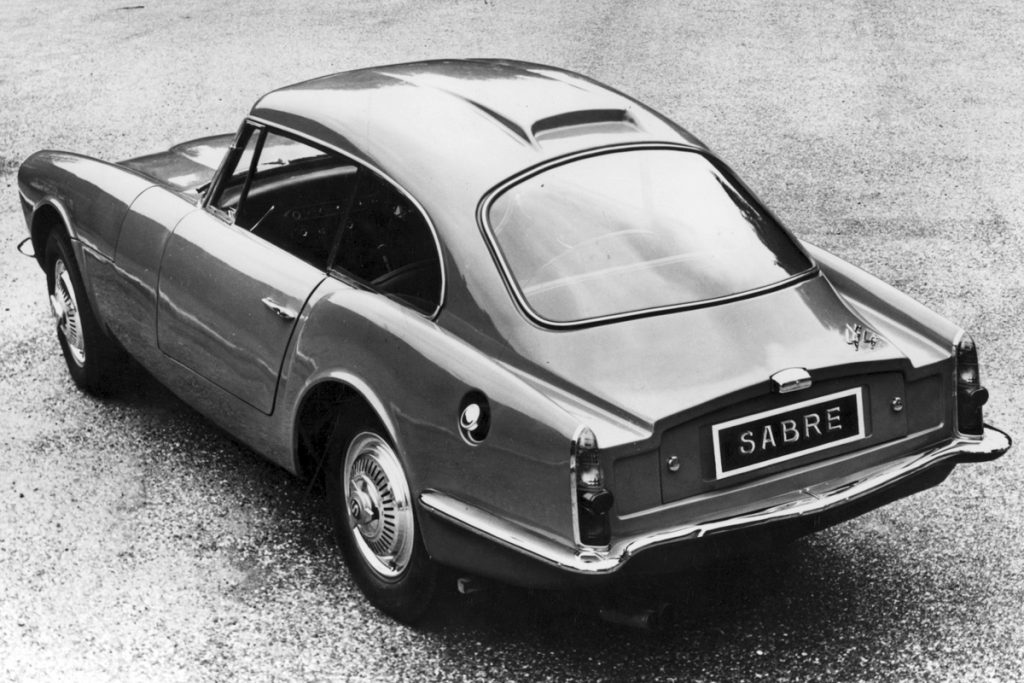
The Sabre Six certainly had plenty to offer if Autocar was to be believed. It reckoned the updated sports car was lively, durable, frugal, great to drive, luxurious and (finally) something of a looker. But despite this august magazine’s endorsement, Sabre sales continued at a trickle, and by 1964 it was killed off after just 55 Sabre Fours had been made and 77 Sabre Sixes. Of those 77 Sixes, just two were convertibles and the rest were GTs.
Meanwhile, Autocars Ltd had gone bust in 1971 after a mere 153 Sabras had been made, although another 50 kits were discovered almost a decade later. But at least there was a happy ending for Reliant, which went on to develop the Ogle SX250 project into the Scimitar GTE, which would keep the company busy from 1968 right the way through to 1990.
Protect your classic car
Keep your classic on the road with classic car insurance built by car lovers, for car lovers. Rated ‘Excellent’ on TrustPilot.
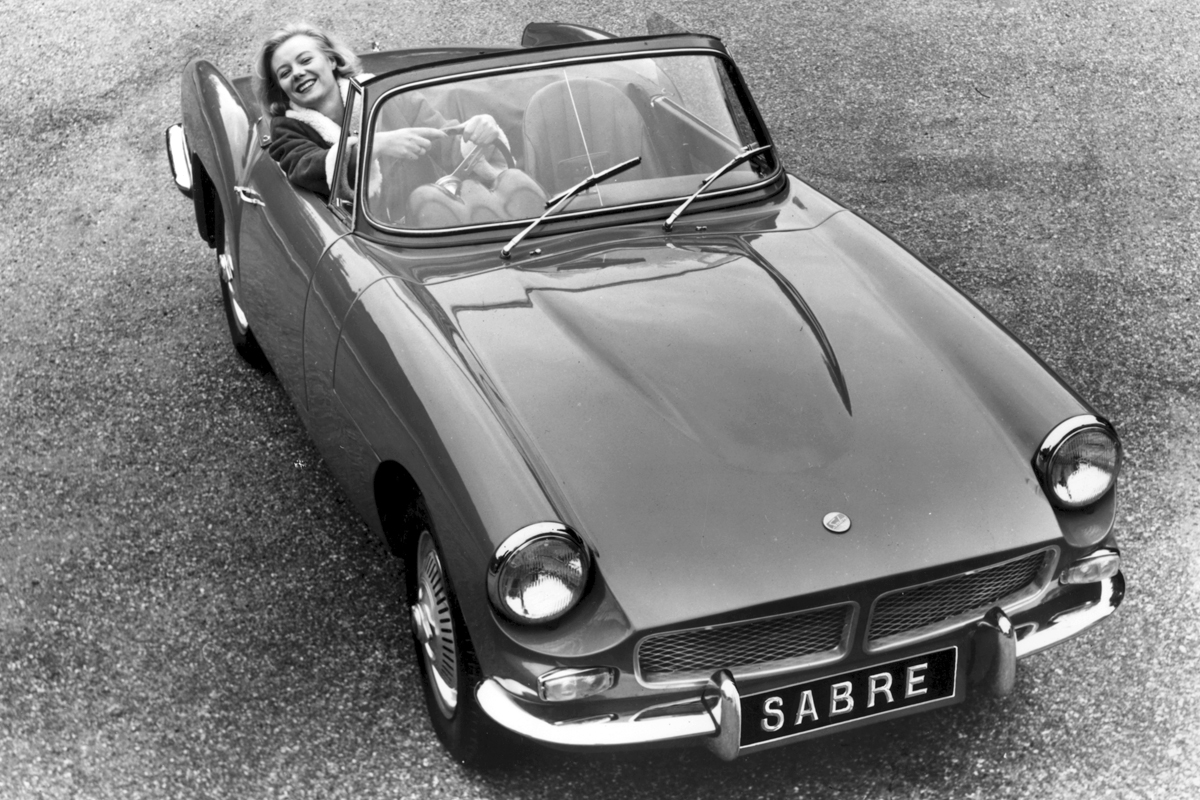

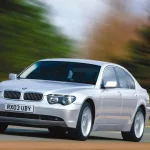
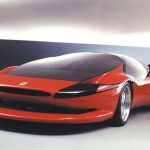


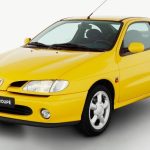
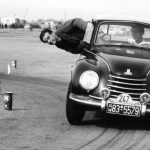
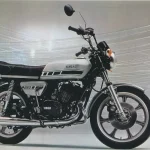
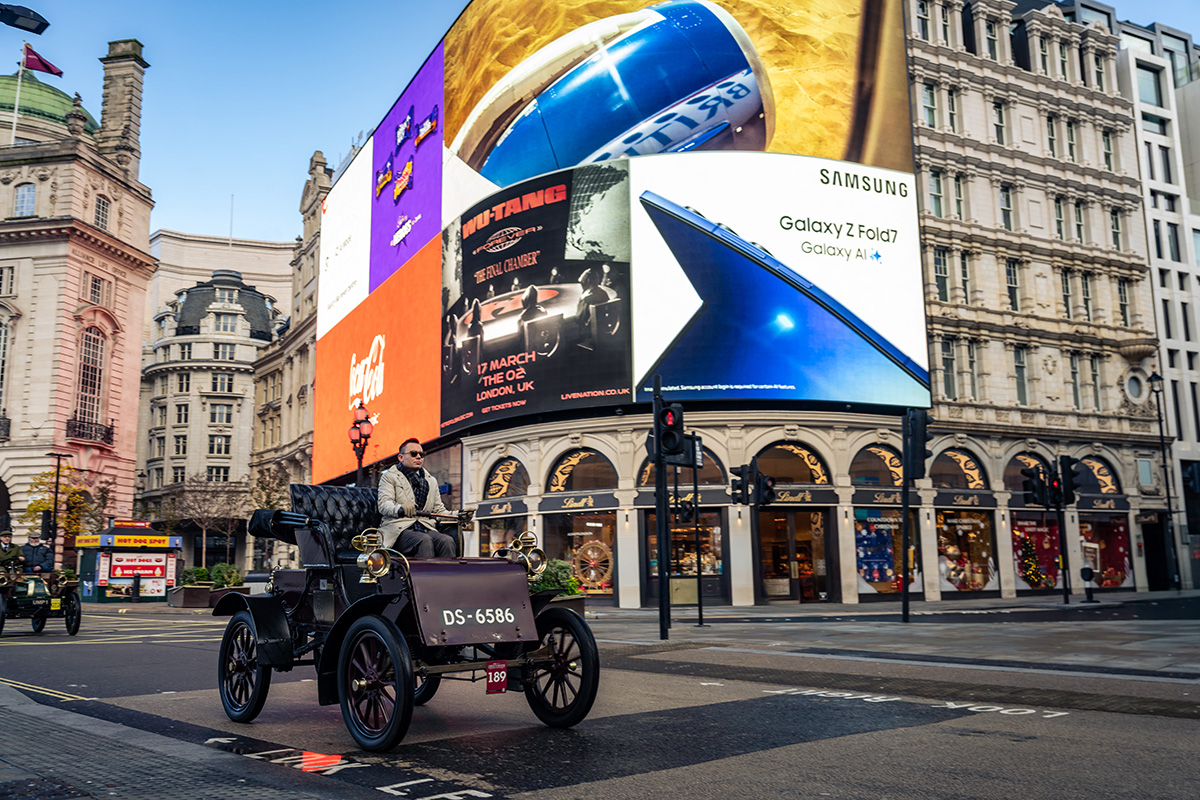
Let’s remember 876 HWD, the wonderful Sabre Six developed and campaigned by the late Robin Rew…RIP
https://racecarsdirect.com/Advert/Details/140344/1963-reliant-sabre-six
Shame there wasn’t a photo of the revised front end of the Sabre